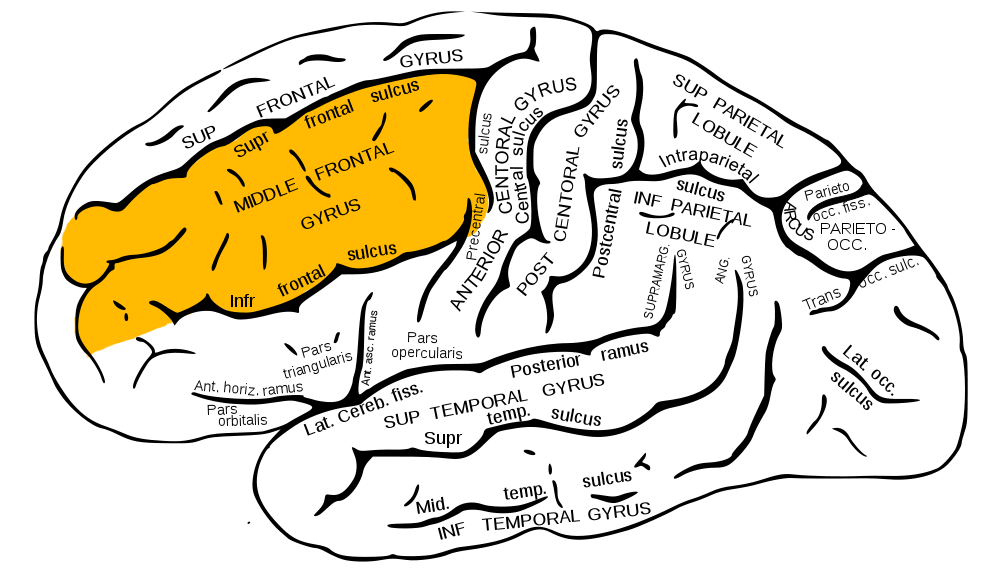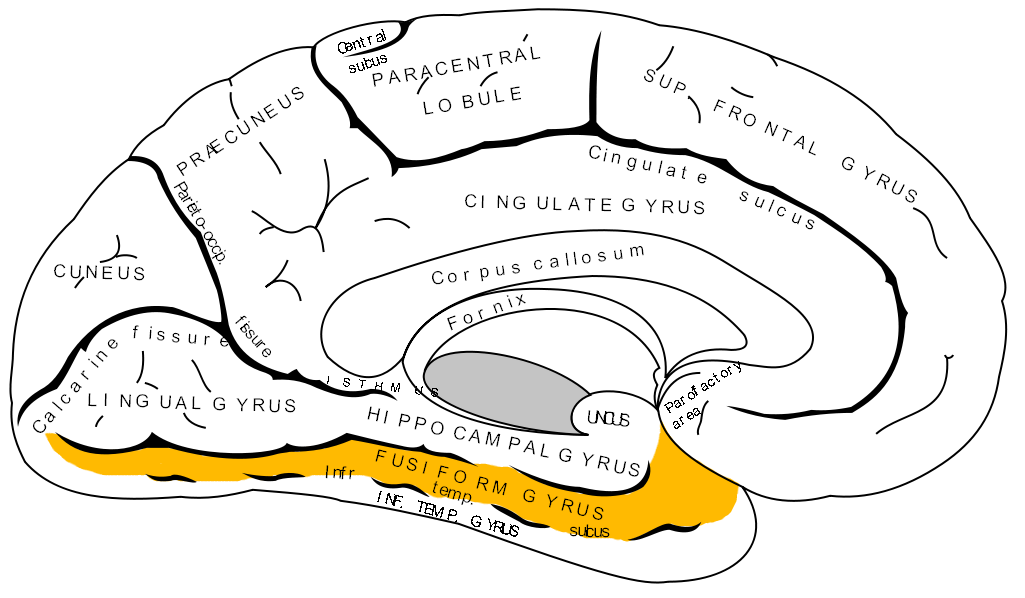Dear friend,
I’m back! So, yesterday I got up bright and early to go see the infamous Catacombs that lurk beneath Paris. My friends and I arrived at Denfert-Rochereau just one stop away from Cité with ten minutes to spare before the attraction opened up. As we disembarked from the Métro stop, we were greeted by a huge horde of people, but little did we know how long we would actually have to wait. Despite mentally preparing ourselves to wait in line for a bit, we overheard whispers around us about a three-hour long wait! However, this was the only time we had to explore the Catacombs, so we decided to forego the option of going elsewhere, and instead take the risk and wait in line. And boy, it was like waiting in the queue for a Disneyland ride all over again. People weren’t lying – we didn’t enter the Catacombs until over three hours later!
So, was the grueling three-hour long queue worth the wait? Besides getting in for free, courtesy of Accent, it definitely was! We had such a blast walking around the Catacombs that the feeling was almost surreal and hard to believe that a place like this actually existed.
The Catacombs wasn’t the only place with these crazy lines. I experienced similar situations at the Louvre and Versailles. For the Louvre, we were able to find a “secret” entrance and only had to wait for half an hour. However, for Versailles, we had to leave Cité at 7:15 in the morning in an attempt to beat the crowds, but even with that we were swept into the crowds. In both cases, the rewards of seeing the places and being able to enjoy them made the wait worthwhile.
When I got back to my room at Cité, I delved into some research to find out more about waiting in lines and why we do endure long waits. In a recent article in Psychology Today, Psychologist Adrian Furnham notes that people who spend hours waiting in line often get restless because they expect instant gratification in what they are waiting for. In addition, people who study such waiting behavior have reported that uncertainty makes the wait feel longer and increases anxiety, but distractions can often make wait feel shorter. Furnham urges that we should appreciate and accept waiting, for the rewards that follow outweigh the sacrifices.
Such an event is characterized as the concept known as delayed gratification. I decided to research some more, and found that in delayed gratification the individual chooses the greater reward with a time delay over immediate gratification because the outcome is worth more (Karniol et al., 2011). Also, the prefrontal cortex (PFC) plays a major role in delayed gratification, a brain structure important for decision-making (Churchwell et al., 2009).
What specific brain areas are activated in varied gratification responses? After researching more on this topic, I found a particular study that focused on the brain areas involved in immediate and delayed gratification (Wang et al., 2014). In this study, the recruited participants were placed in a functional magnetic resonance imaging (fMRI) scanner and were asked to choose either an immediate reward or a delayed reward. The researchers then analyzed these results to determine which brain areas were involved in the process.
So what did the researchers find? Well, to begin with, they found that subjects responded more to the delayed reward when the reward increased in amount. Specifically, this study revealed that dorsal medial prefrontal cortex (DmPFC) was activated during immediate rewards. On the other hand, the anterior DmPFC was activated under delayed gratification. In addition, the researchers found that decision making activated the nucleus accumbens (NAcc), a brain structure that mediates reward systems and processes. Therefore, individuals who valued their choices had activation of the NAcc. From these findings, the researchers concluded that immediate and delayed rewards are activated in different parts of the DmPFC, though it would be nice to see further research to see how activation of the NAcc varied in both circumstances.
In the end, this study shines some light onto which areas of the brain are activated under delayed gratification. This means that while I was waiting in line to go to the Catacombs, other than my fear of walking through the empire of the dead, my anterior DmPFC was activated more because I had waited for so long and finally was rewarded by entering the place.
After completed my visit to the Catacombs, I headed to my favorite gelato shop, Amorino. Once again, I was greeted with yet another long line, but waiting was totally worth it, especially when I get rewarded with this cool and delicious treat!
Sincerely,
Kaavya
References:
Churchwell JC, Morris AM, Heurtelou NM, Kesner RP (2009) Interactions Between the Prefrontal Cortex and Amygdala During Delay Discounting and Reversal. Behavioral Neuroscience 123(6): 1185-1196.
Furnham A (2014) The Psychology of Waiting. Psychology Today.
Karniol R, Galili L, Shtilerman D, Naim R, Stern K, Manjoch H, Silverman R (2011) Why Superman Can Wait: Cognitive Self-Transformation in the Delay of Gratification Paradigm. Journal of Clinical Child and Adolescent Psychology 40(20): 307-317.
Wang Q, Luo S, Monterosso J, Zhang J, Fang X, Dong Q, Xue G (2014) Distributed Value Representation in the Medial Prefrontal Cortex during Intertemporal Choices. The Journal of Neuroscience 34(22): 7522-7530.
Image of PFC: http://connersclinic.com/wp-content/uploads/2015/03/prefrontal_cortex.jpg
























































